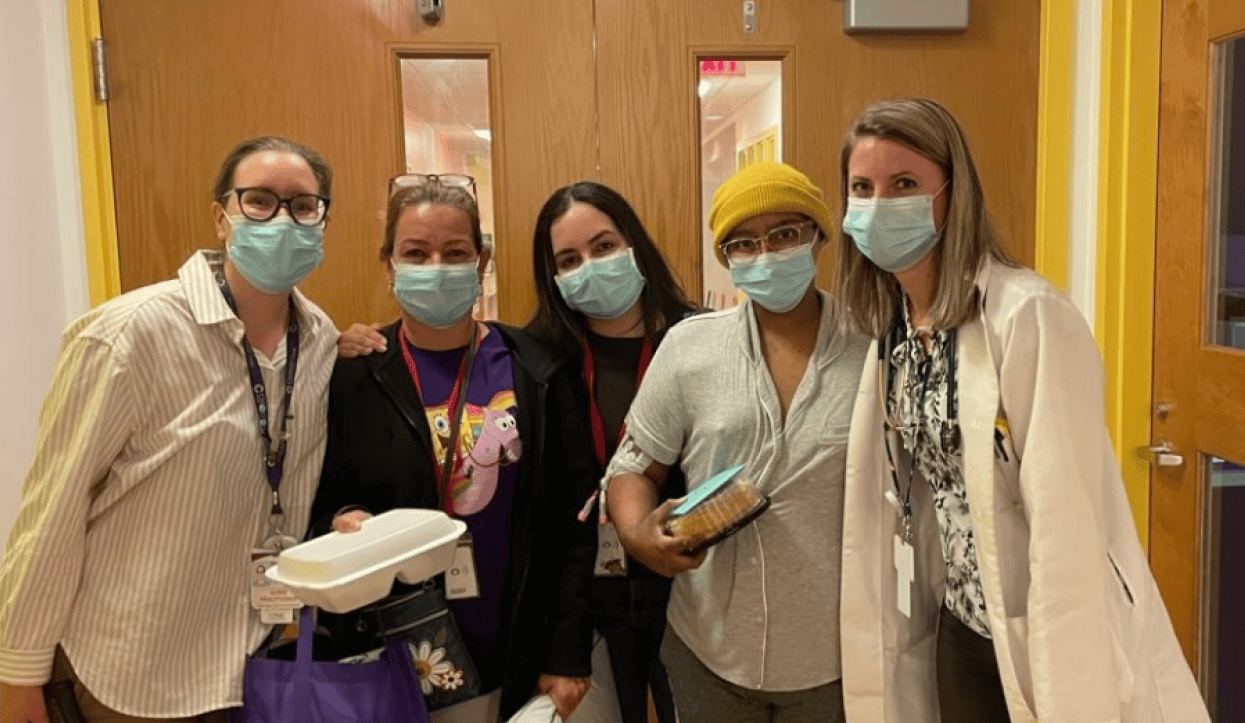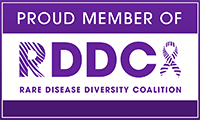
“Emotionally, it has been a struggle, and physically, it has been very isolating,” says Diana V., describing the impact of scleroderma on her daughter, Aryzabella S. (dx. 2019), pictured right. “I wish more people understood how lonely this disease can be. Just because someone looks okay doesn’t mean they’re not in pain or dealing with deep fatigue.”
Aryzabella was first diagnosed with juvenile dermatomyositis at age 13, when she began experiencing muscle weakness, fatigue, and rapid weight loss. After six years of progressing symptoms, she was diagnosed by a rheumatologist with juvenile systemic scleroderma. Aryzabella then went to the Juvenile Systemic Scleroderma Center at UPMC Children’s Hospital of Pittsburgh, where she received a stem cell transplant from SRF-funded researcher Dr. Kathryn Torok.
Since then, their lives have drastically changed. “Supporting her through this journey has meant I’ve had to be away from my other three children more than I wish due to doctors’ visits and hospital stays,” Diana describes.
Despite the challenges, Aryzabella remains focused on the positive. “She focuses on the things she can do, not on what she can’t,” Diana says. “She’s thankful she can still laugh, eat, see, and live.”
“She is always proud to talk about her journey and who she is,” she adds. “She has a heart so big, I don’t think she even knows it.”
Diana is deeply passionate about research, recognizing its vital role in improving outcomes for people living with scleroderma. “Scleroderma research is so important because it can lead to faster diagnoses and more testing for people experiencing body changes and pain,” she says. “I want people to keep pushing for more help and a cure.”
The Scleroderma Research Foundation is deeply thankful to Diana for sharing her and Aryzabella’s story and for helping to spread awareness.

